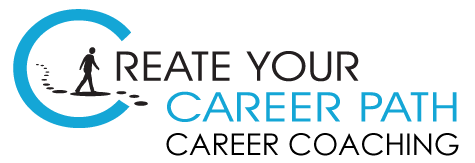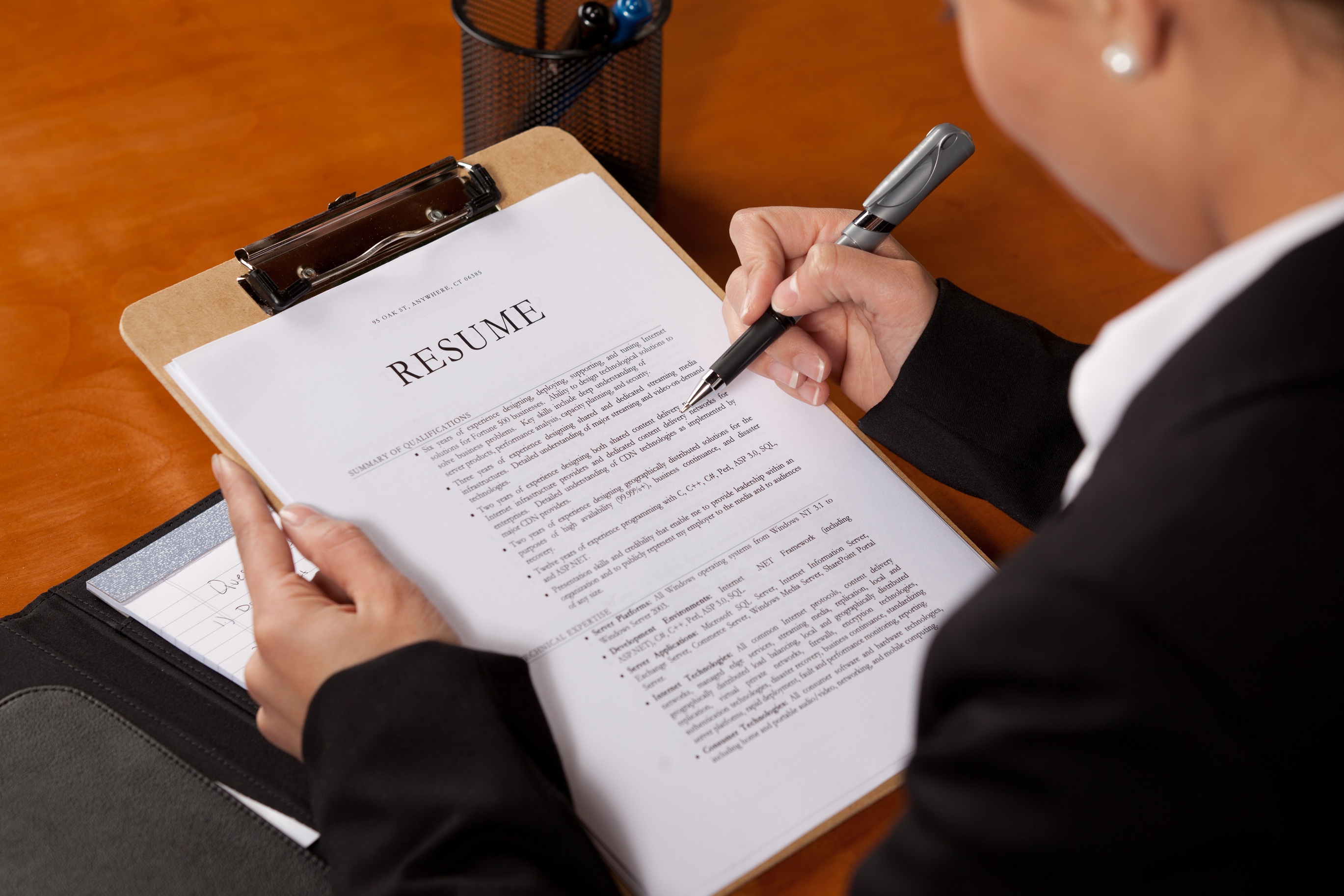 When your résumé, some of the pitfall are that people tend to describe all the facets of their job and include all their experience from the beginning of their career. This is an incorrect approach. To start, it is a good idea to have a base document to work from which should:
When your résumé, some of the pitfall are that people tend to describe all the facets of their job and include all their experience from the beginning of their career. This is an incorrect approach. To start, it is a good idea to have a base document to work from which should:
- Include the details of each job.
- Outline all facets of your career.
- Contain a list of your success and accomplishments in each position.
- List your education and all training.
- List your competencies, expertise, and technical skills.
Once you have this base document, you are ready to begin.
Find the relevancy.
Where is the next step in your career? If you have a position you are interested in, print it out and analyze the job description. Things to look for and highlight are the prerequisites or requirements for the job. Read the job description, highlight the skills, traits, expertise, and any keywords and phrases used to describe their ideal candidate. Re-read everything to make sure you got it all. The information you have highlighted is what you will use to filter the content in your base résumé and create one that is concise, targeted, and relevant.
Sift through your content.
Now read through your base résumé and highlight those areas which match the requirements of the position.
- When analyzing your experience, you will want:
- The duties which showcase similar skills and traits.
- The overall scope of your position.
- Your successes and accomplishments which further attests to your abilities.
- Regarding your education:
- The most important should be mentioned first.
- All other relevant training should be mentioned after.
- Do not include any education prior to college (i.e. high school).
- For your competency list:
- Again, list the competencies of most importance.
- Followed by any additional that can be an asset to the position.
Build your document.
The first half to three quarters of your targeted résumé is prime real estate. This is where you want to capture and hold the reader’s interest.
- Prerequisites are important and should be near or at the top to your document. For example:
- Specific education or training can be mentioned in your profile summary.
- Technical or behavioral skills can be identified in a competency list.
- Key words and phrases should be included throughout your document, but in a way that fits and makes sense.
- Condense your job descriptions for each position to highlight the scope of your responsibilities.
- Identify activities that bring out the skills needed.
- Bullet only those successes or activities which further validate your expertise.
- Remember to put your bullets in order of importance.
Check and re-check.
Now that you have the content for your targeted résumé, the next step is apply the finishing touches and check, double check, and triple check your document.
- Finishing touches include:
- Presentation – make sure it is logical and easy to read.
- Try to keep it to one or two pages maximum.
- It should be written in the “first person implied”.
- Helpful hints on checking are:
- Sleep on it and check it again in the morning.
- Have trusted friends and coworkers read and provide feedback.
- Tweak your résumé as needed.
Your document is finished and ready for use in your job search!


